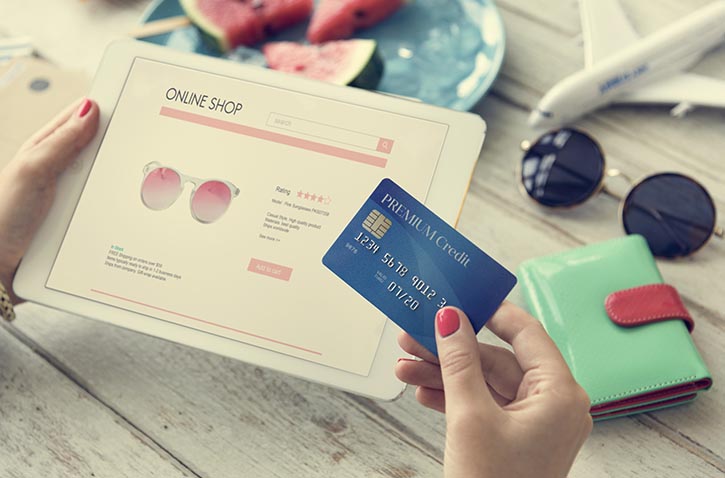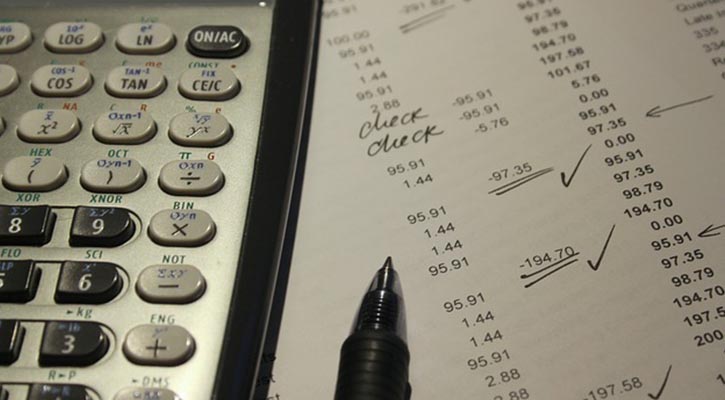
Credit cards are harmless. It’s how you use them that matters. While others may use them to run amok and lose control, that’s not what they were designed for. Credit cards were created to help to maintain control of expenses. Learn how to use credit cards as budget management tools instead of budget-busting culprits.
1. List all of your monthly expenses.
This is similar to creating a regular budget, except we’re going to be using only credit cards to pay for everything. So take a look at last month’s expenses. Look at your last bank statement or download an app that allows you to categorize all of your expenses. List everything you pay for on a monthly basis – mortgage/rent, utilities, gas, groceries, etc. Then, list all of your non-essentials, like gym membership, eyebrow waxing, or general entertainment.
2. Add your monthly expenses up and compare it to your income.
Once you’ve completed step one and compiled a list of your monthly expenses (both essential and non-essential), you will want to add them up and compare them to your income. Hopefully it’s less (or about equal), but if it’s more, you probably know this by the debt you keep racking up.
3. Cut your spending.
Regardless of whether you have money left over each month, there are probably areas that you can cut back on spending. Apps like Prosper Daily or Mint allow you to allocate your spending into different categories to see how much you’re actually spending on what. You might not even realize that you’re spending $300 or more each month going out to eat, when you actually want to keep that closer to $100-150. Find two to three areas that you can cut down your spending in an attempt to save or invest more each month.
4. Create your budget and spending categories.
Now that you’ve really taken a look at what you’re spending, it’s time to buckle down and create a new budget with your spending goals in mind. Subtract all of your essential bills from your monthly income to see what you’ve got to work with. Allocate the rest of your income to different categories, like savings, restaurants, entertainment, etc.
5. Start the month with your credit card.
Now that you’ve got your budget set and you’ve determined problem areas that you’re going to cut back on, you’re ready to go. Big difference, though: you’re going to put all of your spending on credit cards. If you have a rewards card, this is a great way to reap the benefits without going into debt. You know how much you’re allowed to put on your credit card every month. Just like you have to stop spending once you run out of cash, you have to stop spending once you’ve used up your budget. Then you pay off your credit card every month when you receive your statement. In order to show credit bureaus that you are an active card user, always make sure to only pay your bill once you’ve received your monthly statement.
Using credit cards does not have to be a financial death sentence. If you stick to a budget and use them wisely, you’ll be able to rack up rewards points and cash back bonuses and become financially stable. See our top credit card offersto find your perfect credit card and map out your budget today.


















